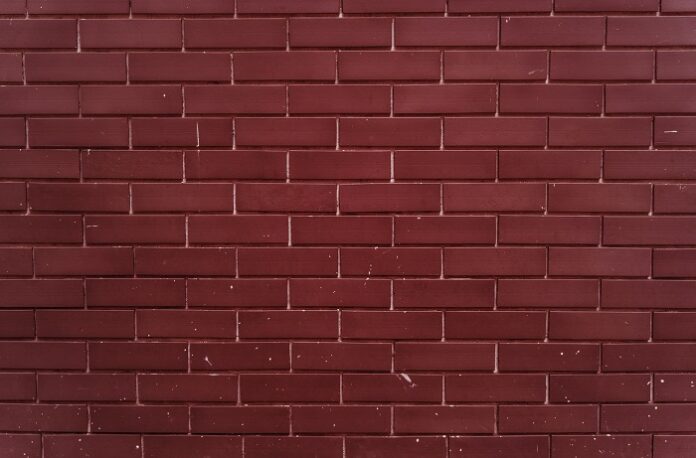When considering the colour of a brick, three essential elements come into play. The first element is the clay, providing the fundamental shade visible when the brick is split. Secondly, the components such as sand, engobes, and mineral pigments that coat the brick’s surface affect its colour. Lastly, the atmosphere within the kiln also plays a significant role in determining the final colour of the brick.
The Intricate Relationship Between Kiln Atmosphere and Brick’s Color
The term “kiln atmosphere” encompasses more than just the temperature; it also refers to the specific conditions within the kiln as the brick is fired. The types of clay used dictate an ideal maximum temperature that a brickmaker must adhere to. Under-firing a brick will not achieve the intended quality, while over-firing can cause the brick to shrink excessively. Additionally, two specialized techniques are recognized in this context: the oxidizing and reducing firing processes.
Oxidizing Firing: Achieving the Iconic Red Brick Appearance
An oxidizing kiln atmosphere means that oxygen is abundant. As the firing progresses, the clay’s minerals absorb oxygen, influencing the brick’s colour. Iron oxide, a vital mineral found in clay, bestows the characteristic red hue on a brick. Meanwhile, clay rich in lime, known as calcareous clay, leads to a yellow tint. Conversely, including manganese oxide imparts a brown shade to the brick.
Reducing Firing: Creating Grey/Green Color Tones
The reducing firing process involves limiting the air supply during firing, causing insufficient oxygen to ignite the natural gas completely. To make up for the lack of oxygen, it’s drawn from the metal oxides, leading to a change in colour. For example, red-fired facing bricks may turn light brown, while yellow bricks may develop grey or green hues https://brickwholesale.co.uk/bricks/bricks-by-colours/grey-bricks/. Utilizing this technique with others can result in a myriad of colour effects. A brief exposure to a reducing atmosphere might not colour the entire brick but only the part exposed to those specific conditions.
Braised Bricks: A Unique Art Form
Braising facing bricks represents a more severe form of reducing firing. This technique involves placing an already fired brick back into a unique kiln, not to fire it again but to subject it to an extended, intense, reducing atmosphere. Like the white-firing Westerwald clay, some clays yield an appealing deep-grey colour after braising. Examples of this technique include the water-struck Alaska brick, with its subtle light metal-grey appearance, and the hand-formed Nevado Light, which offers a colour gradient from light grey to dark grey.
Conclusion
The colour of a brick is a complex attribute resulting from a combination of factors like the clay’s composition, additives like sand and pigments, and the atmosphere within the kiln. By understanding and manipulating these factors, brickmakers can achieve a vast array of colours and effects, contributing to the aesthetic diversity found in modern architecture. Whether oxidizing for the classic red or reducing for contemporary grey tones, the intricate process of firing bricks allows endless creative possibilities.





